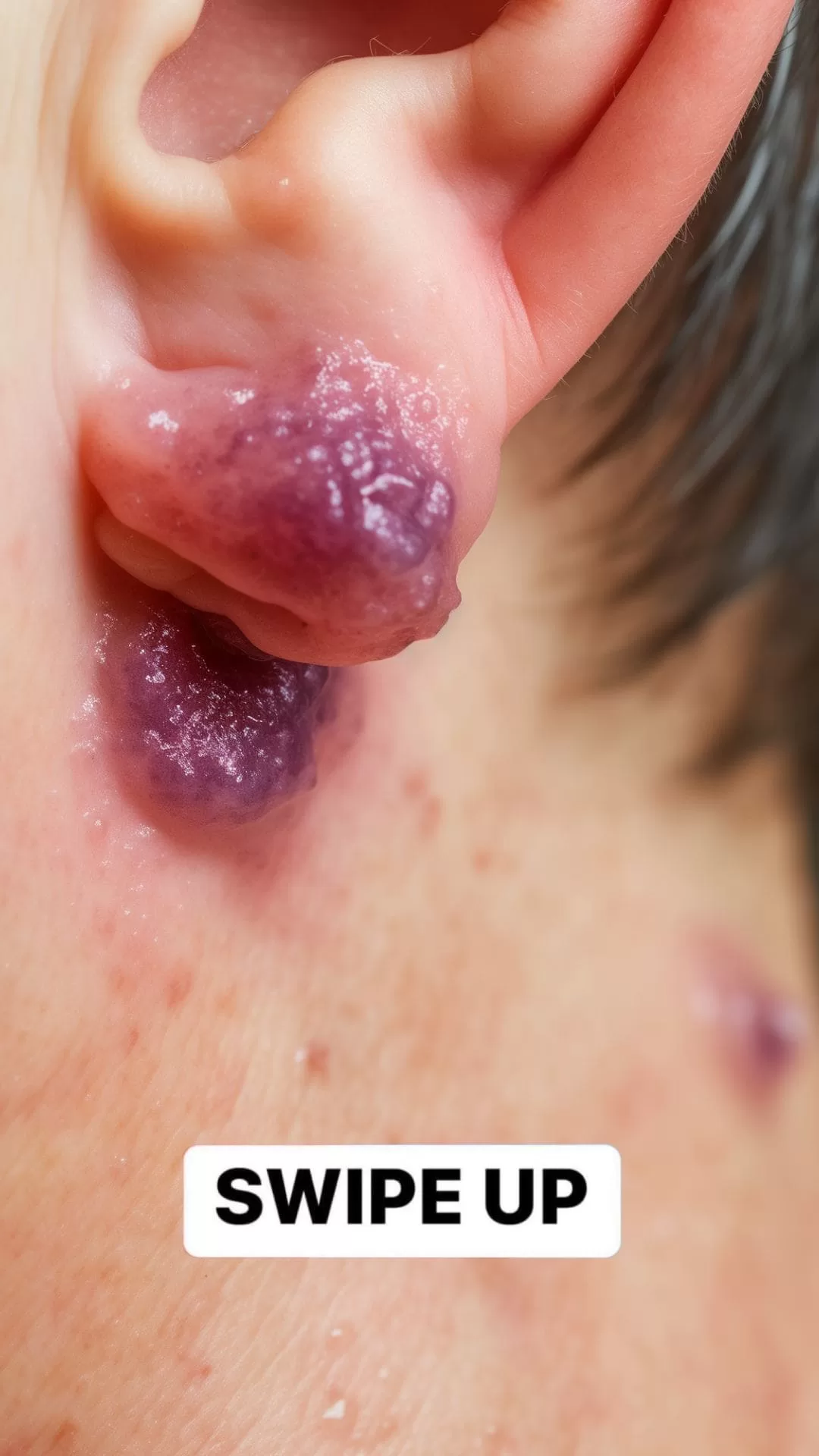Cysts are fluid-filled sacs that can develop in various parts of the body. Here are seven key points about cysts:
- Types of Cysts: Cysts come in different forms, including sebaceous cysts (skin cysts), ovarian cysts, breast cysts, ganglion cysts (joint cysts), and more.
- Common Locations: Skin cysts often appear on the face, neck, or torso. Ovarian cysts develop in the ovaries, while breast cysts form in breast tissue.
- Symptoms: Cysts are usually painless, but they can become painful if they grow large, become infected, or press on nearby structures.
- Diagnosis: Doctors typically diagnose cysts through physical examination and imaging tests like ultrasound or MRI.
- Treatment: Most cysts don’t require treatment unless they cause discomfort or other complications. Treatment options include drainage, surgical removal, or medication to address underlying issues.
- Risk Factors: Risk factors for cysts include genetics, hormonal changes, and skin conditions like acne.
- Monitoring: Regular monitoring is essential to detect any changes in size, symptoms, or appearance
